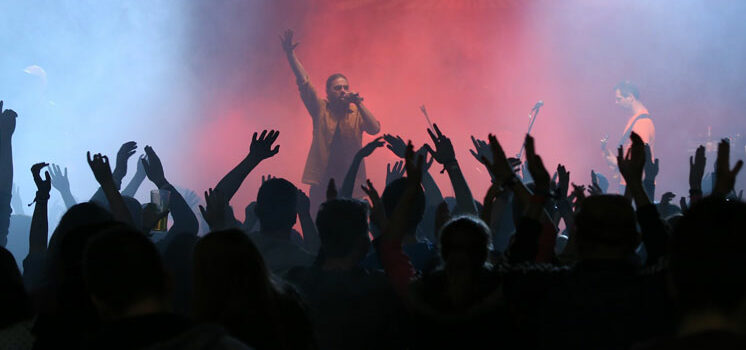
Those who love hip-hop describe it as a culture and a way of life. It all started in 1973 in the Bronx, a borough of the city of New York. DJ Kool Herc impressed the dance-hungry crowd by using percussion ‘breaks’ with two turntables. This laid the foundation of a new genre, which eventually came to be known as hip-hop.
Before the hip-hop culture became a global phenomenon, it was present in the Caribbean and Africa at several places. However, these musical elements took a form of their own from DJ Kool Herc’s innovation. Many DJs refined the use of breaks and this form of music became a mainstream genre in the 1970s.
The hip-hop culture spread to urban and suburban communities across the world by the 1990s. The five key elements of this culture are:
1. Rapping
This musical element is also called ’emceeing’ or ‘MCing’. It is performed in several ways by incorporating rhyme, street vernacular, and rhythmic speech. The vocal delivery is usually backed by a beat or other form of musical accompaniment.
In recent times, rap has more or less become synonymous with quick speech. Origins of modern rap can be found in the ‘griot’ tradition of West Africa. Some of the musical genres like jazz and blues are also believed to have inspired rapping.
2. DJing
DJing refers to playing of recorded music by a disc jockey (DJ) for a live audience. The very first ones to do this were the radio DJs. Jimmy Savile is believed to be the first radio DJ to launch the world’s first DJ dance party. He did this by playing jazz records in 1943 for the Loyal Order of Ancient Shepherds in England.
The role of radio DJs evolved into the role of modern DJs. Today’s disc jockeys create an extended mix of music at dance parties, clubs, or other live events.
3. Break-dancing
This athletic form of street dance is also known as b-boying/b-girling or breaking. It originated in the United States during the early 1970s. Breakdancing was created by the youth of Puerto Rican and Afro-American origin.
This form of dancing became widely popular by the late 1970s and spread to other communities. Breakdancing was greatly influenced by a separate but related form of dance called ‘uprock’. It is quite an aggressive dance form, which mimics ways of fighting in sync with music.
4. Graffiti
A rather controversial form of art, graffiti involves writing or making drawings on a wall. It dates back to the times of ancient Egyptian culture. Today, graffiti is made using marker pens or spray paints. Owing to its growing popularity, it is gradually becoming a recognized art form in many places.
Many cities see it as a nuisance, but the graffiti artists have resisted this viewpoint. The documentary Style Wars described graffiti’s role in New York’s emerging hip-hop culture in the early 1980s.
5. Beatboxing
It is the art of creating sounds by bringing one’s voice, mouth, lips, and tongue into action. It involves mimicking drum machines or other musical instruments. Although this form of vocal percussion is not limited to hip-hop, it is often called its fifth element.
Many of the musical genres of the United States have included techniques similar to beatboxing since the 19th century. One of the examples is the technique of ‘eefing’ used by Appalachian artists.

